United Arab Emirates Travel Guide: Plan Your Perfect Trip
Travel in the United Arab Emirates is more than beaches, glitzy skyscrapers, and vast shopping malls, though that is what most visitors associate it with.
Although tourism remains concentrated in Dubai, a trip here can incorporate outdoor adventures amid the vast dunes of the desert and within the craggy peaks of the Hajar Mountains, or delve into the Arabian Peninsula's history and culture, which the Emirate of Sharjah and Emirate of Abu Dhabi particularly focus on.
The sandy shores, though, will always be the main focus for the many tourists who head here for a family-friendly holiday. The resorts of Dubai, Abu Dhabi, and Ras Al-Khaimah are all good bases from where travelers can set out and explore beyond the beach.
On This Page:
Inspirational Ideas for Planning Your Trip to the UAE
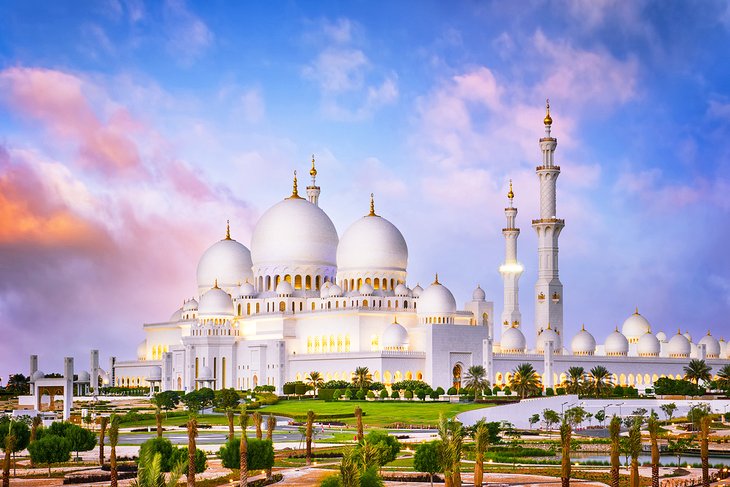
Although Dubai looms large on most visitor itineraries, heading out of the city to explore other emirates and the interior's wild landscapes of desert sand dunes and jagged mountains really showcases that this tiny country is much more than the beach and Dubai's skyscraper skyline.
For ideas on what to add into your travel plans, check out our overview articles on the best highlights of the UAE.
Best Time to Visit the UAE

Summer (June to September): It's very hot and very humid. Temperatures soar in July and August, making sightseeing uncomfortable. Dubai and Abu Dhabi's restaurant and café rooftop terraces are closed, as everyone migrates inside for dining and socializing. Hotel prices are at their lowest. Mountain-towns like Hatta become weekend refuges from the scorching coastal heat.
Fall (October & November): This is one of the best times to visit, with perfect beach weather — blue skies and hot, sunny weather. Outdoor rooftop terraces in Dubai and Abu Dhabi open up again in early October bringing a buzzy atmosphere back to the cities during the balmy evenings. November brings the Formula One Grand Prix to Abu Dhabi, so hotel prices soar during this month.
Winter (December to Feb): The weather's still mostly sunny and moderately warm (with only occasional rain), so the UAE's resorts are a popular escape for mid-winter beach breaks. This is the best time to head out into the desert.
Spring (March to May): As with fall, spring is the UAE's tourism high season, with hot, sunny days and warm evenings.
Visitors Guide to Dubai
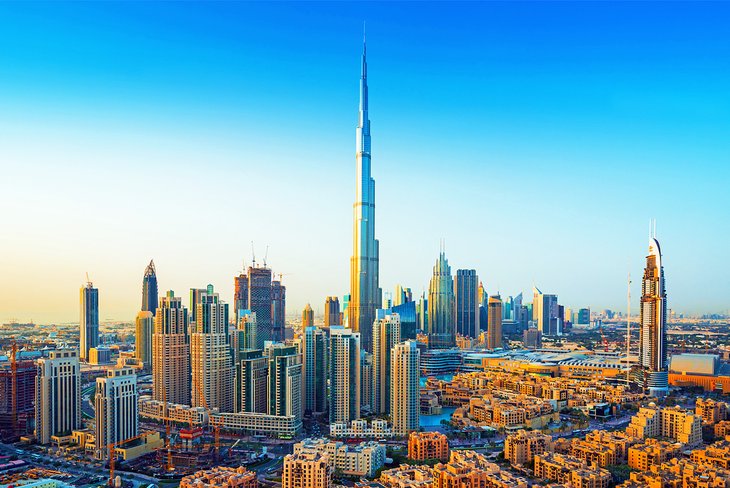
For many visitors, a UAE vacation is all about Dubai. With its beaches, skyscrapers, fine dining, vast shopping malls, and theme parks, Dubai touts itself as a family-friendly destination that offers sun and sea combined with cosmopolitan city-break facilities.
Dubai is the main gateway city to the rest of the UAE and, as the country is so small, makes a good base for exploring the outlying attractions of the Emirate of Dubai, as well as some of the major tourism destinations of other emirates on day trips.
Visitors Guide to Abu Dhabi
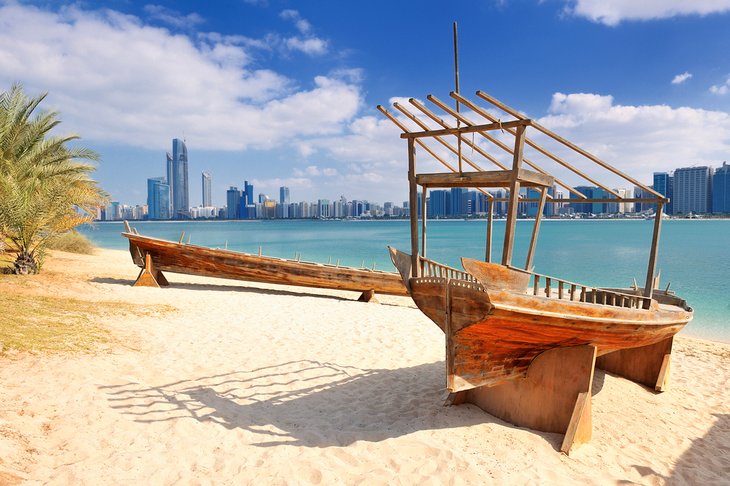
Abu Dhabi city is the capital of the UAE, and the emirate is the largest in the country. Although often seen as a business center, Abu Dhabi is home to some of the most important cultural monuments in the country, including the Sheikh Zayed Grand Mosque and the Louvre Abu Dhabi Museum.
It's also a major family-friendly beach destination, home to some of the UAE's most famous theme parks for when the kids need activities off the beach.
Outdoor Attractions & Activities in the UAE
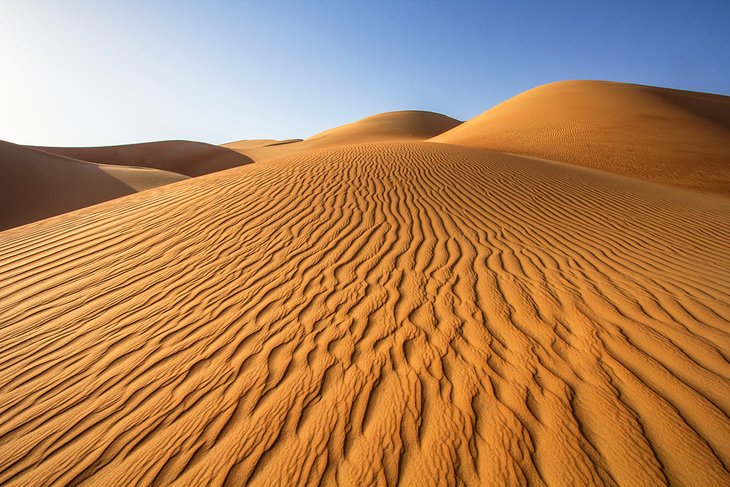
It's a mistake to think a vacation in the UAE is all about the modern cities. The UAE's vast swath of desert in the south and craggy Hajar Mountains in the north are prime destinations for adventure activities.
The country's adventure center is Ras Al-Khaimah, where Jebel Jais (the UAE's highest mountain) has become a major attraction for thrill-seekers and outdoor enthusiasts, with ziplines, climbing, and hiking trails all opened up.
Historic Highlights of the UAE
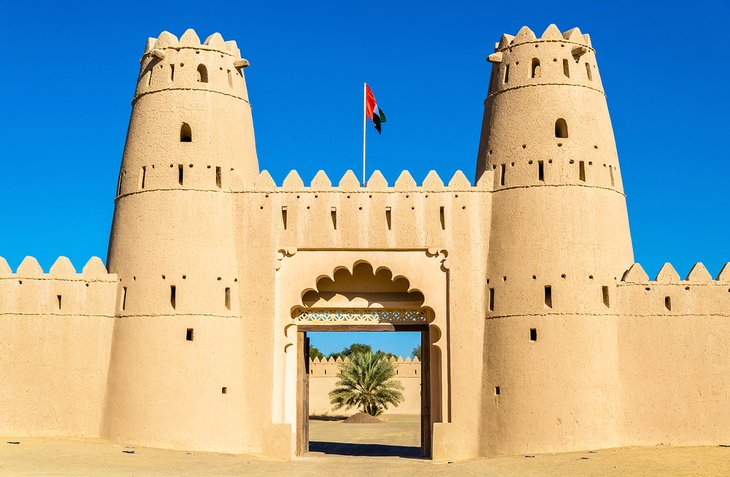
Despite what many visitor's think, the history of this land didn't begin with the oil boom. Sharjah and Al Ain are two of the best places in the UAE to brush up on the vast history of this slice of the Arabian Peninsula.
Essential Stats & Facts
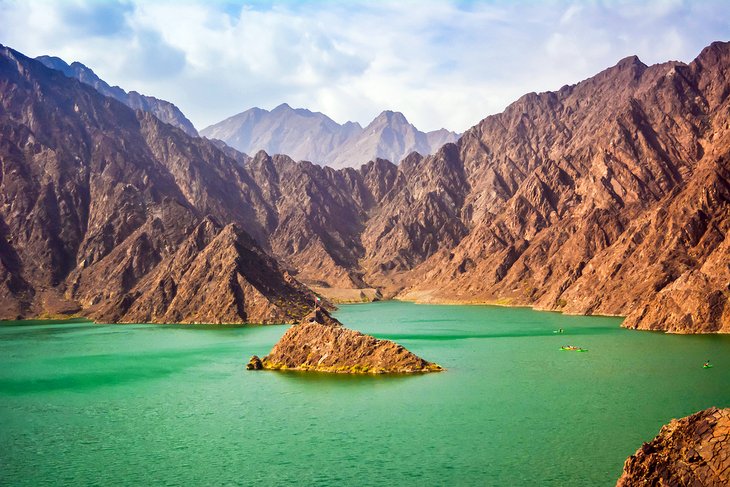
- Population of the UAE: The population of the UAE is 9.8 million. Only 12 percent of the population are Emirati. The vast amount of the UAE's population (88 percent) is made up of immigrants.
- Capital of the UAE: The capital of the UAE is Abu Dhabi. Its population is 1.4 million.
- Geography of the UAE: The UAE is a small country wedged onto the eastern edge of the Arabian Peninsula, bordered by Oman to its east and Saudi Arabia to the south and west. The south of the UAE is mostly desert, while the spine of the Hajar Mountains runs through the interior of the north.
- Languages of the UAE: Arabic is the official language of the UAE, but due to the UAE's multicultural population, English is the most common language used in day-to-day life. Dozens of other languages are used by the many different communities living in the UAE with Hindi, Malayam, Urdu, Pashto, and Tagalog the most common.
- Currency of the UAE: The currency of the UAE is the United Arab Emirates dirham.
- Time Zone of the UAE: The time zone of the UAE is UTC+4.
First-Time Traveler Tips for the UAE
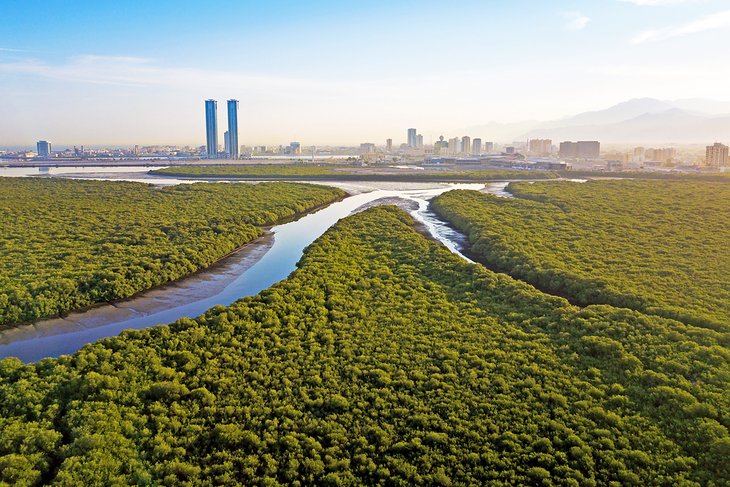
Tourist Visas for the UAE: 70 nationalities are granted free tourist visas, valid for either 90-day stays or 30-day stays (depending on country) on arrival. Citizens of GCC (Gulf Cooperation Council) countries have visa-free travel in the UAE.
All other nationals must apply for a tourist visa pre-travel. The easiest way to apply is through the online visa application process hosted on the websites of all four of the Emirati airlines (Etihad Airways, Emirates Airlines, Fly Dubai, and Air Arabia).
Electricity: The UAE uses three-prong British-style electricity plugs.
Room Rates: Hotel room rates have an additional city tax fee, service charge, and (in Abu Dhabi, Dubai, and Ras Al-Khaimah) tourism tax.
Public Transport: Despite what many visitors believe, the UAE has a decent inter-city bus system, which has regular and efficient services between the main towns and cities.
Air-Conditioning: The air-conditioning used in internal public areas in the UAE seems to be permanently set to freezing. Even if traveling in the height of summer, pack something to throw over your shoulders.
Personal Medications: Many common prescription medications are either illegal or import-controlled in the UAE. Tourists have been jailed for entering the country with banned medications. Check out the list of illegal and controlled medications before you travel.

